IPv6 Buzz 030: Overcoming The Big 3 Objections To IPv6 Adoption
Objections to IPv6 adoption tend to follow three tracks: we don't need it, we don't have budget, and we'll lose the security and multihoming benefits of NAT. On today's IPv6 Buzz podcast, Dr. David Holder explains why these objections don't hold water, and how to communicate with business and technical leaders to overcome them.
The post IPv6 Buzz 030: Overcoming The Big 3 Objections To IPv6 Adoption appeared first on Packet Pushers.
The Network is the Computer: A Conversation with John Gage
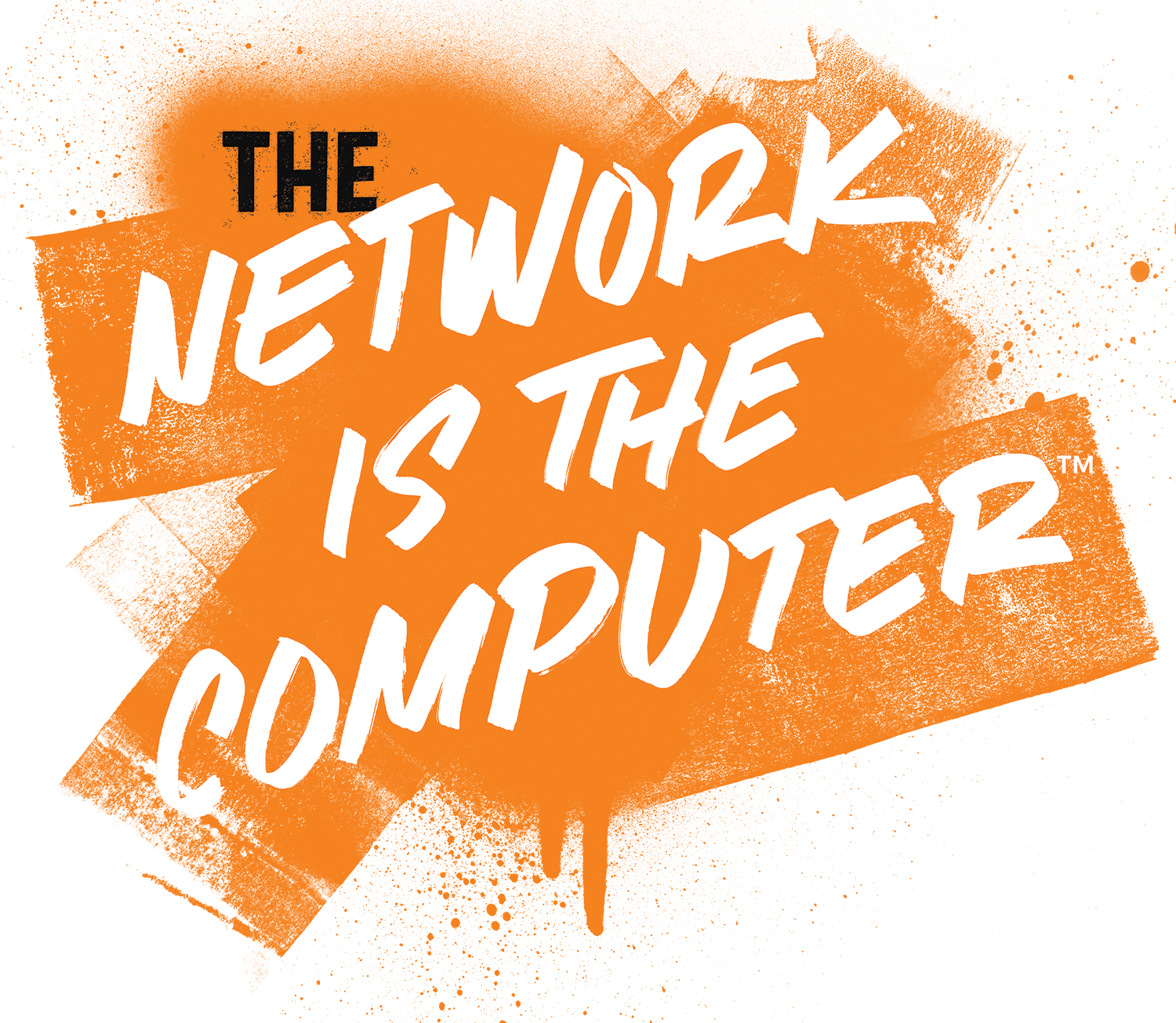
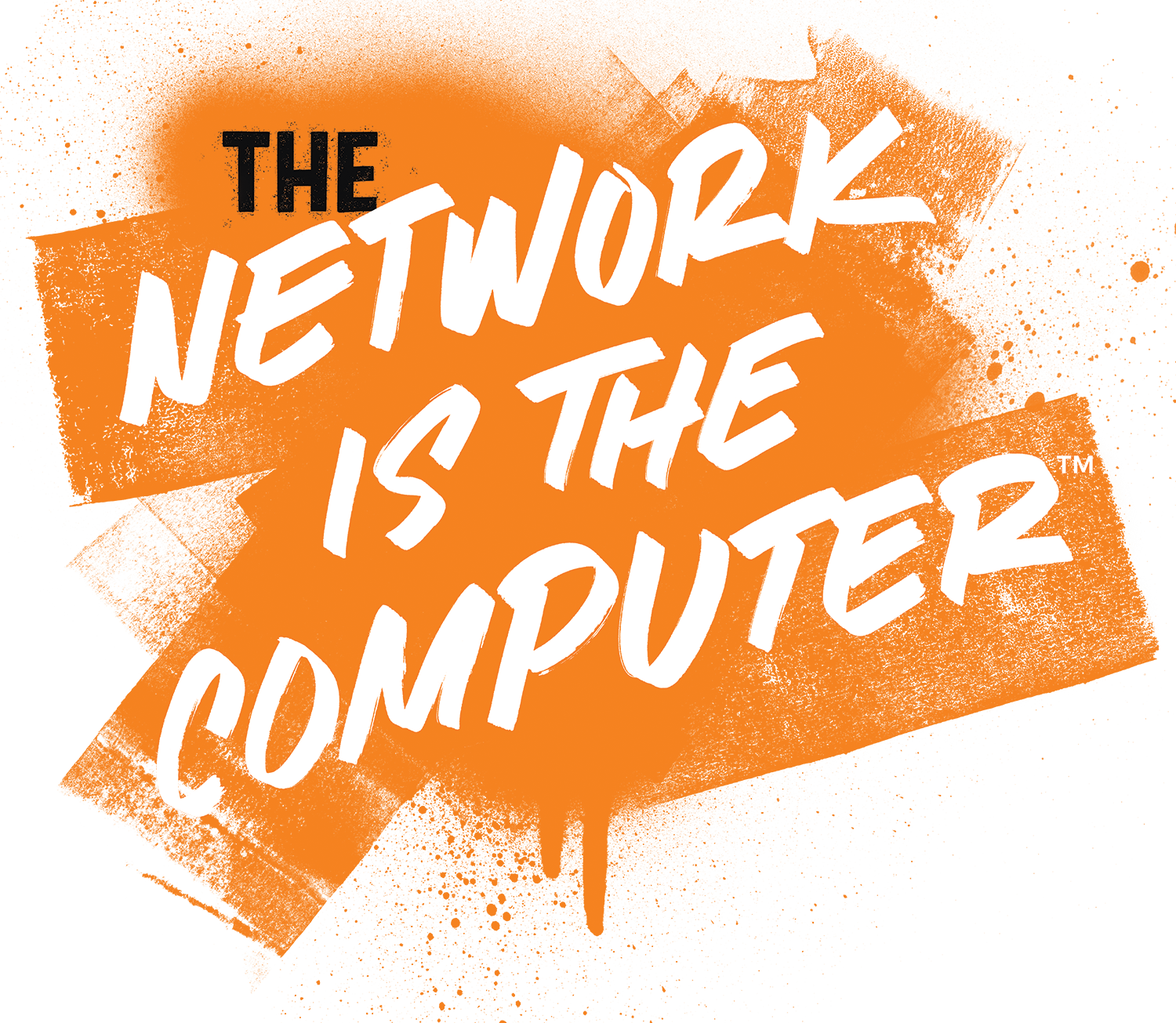
To learn more about the origins of The Network is the Computer®, I spoke with John Gage, the creator of the phrase and the 21st employee of Sun Microsystems. John had a key role in shaping the vision of Sun and had a lot to share about his vision for the future. Listen to our conversation here and read the full transcript below.
[00:00:13]
John Graham-Cumming: I’m talking to John Gage who was what, the 21st employee of Sun Microsystems, which is what Wikipedia claims and it also claims that you created this phrase “The Network is the Computer,” and that's actually one of the things I want to talk about with you a little bit because I remember when I was in Silicon Valley seeing that slogan plastered about the place and not quite understanding what it meant. So do you want to tell me what you meant by it or what Sun meant by it at the time?
[00:00:40]
John Gage: Well, in 2019, recalling what it meant in 1982 or 83’ will be colored by all our experience since then but at the time it seemed so obvious that when we introduced the first scientific workstations, they Continue reading
The Network is the Computer: A Conversation with Ray Rothrock
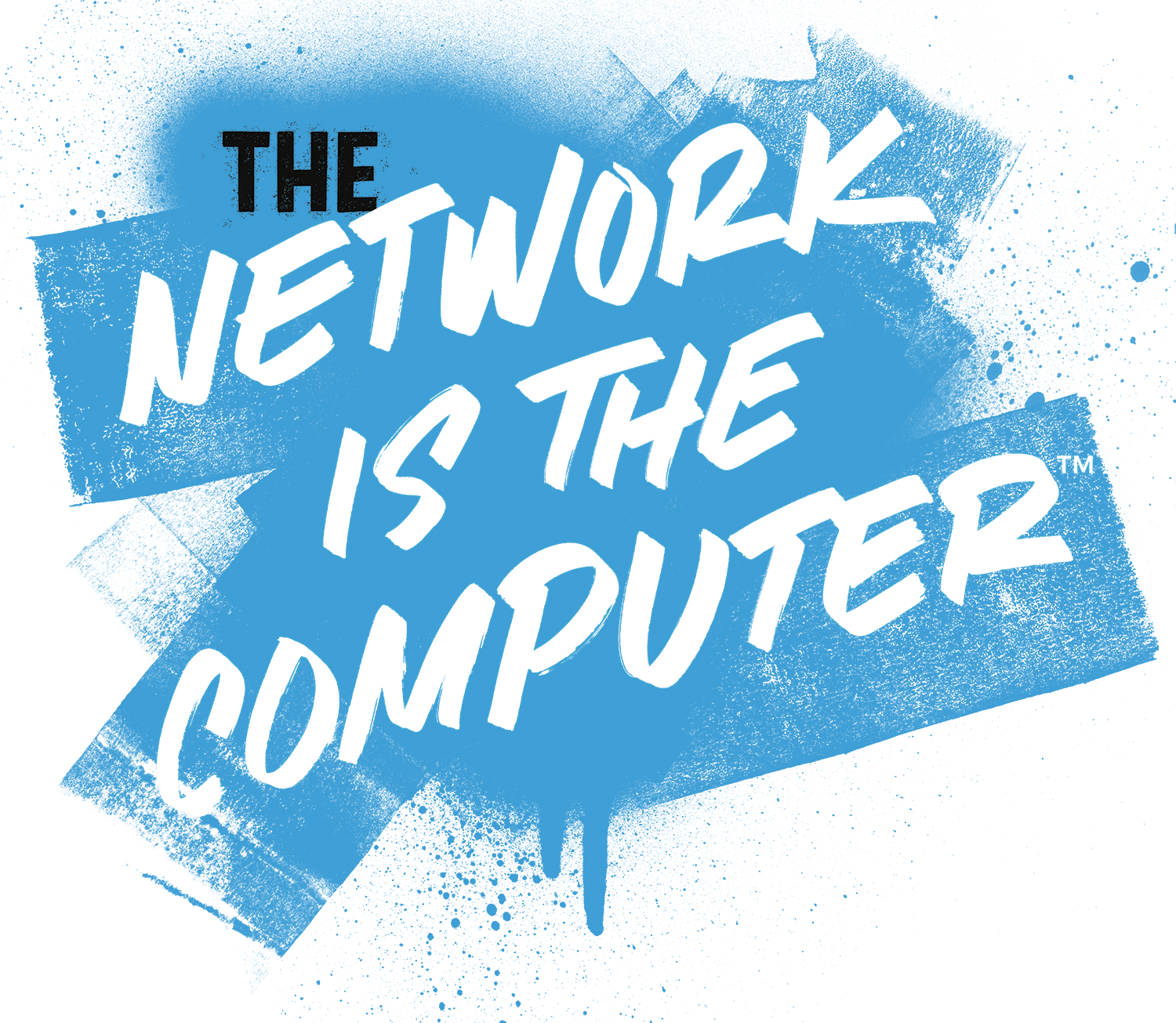
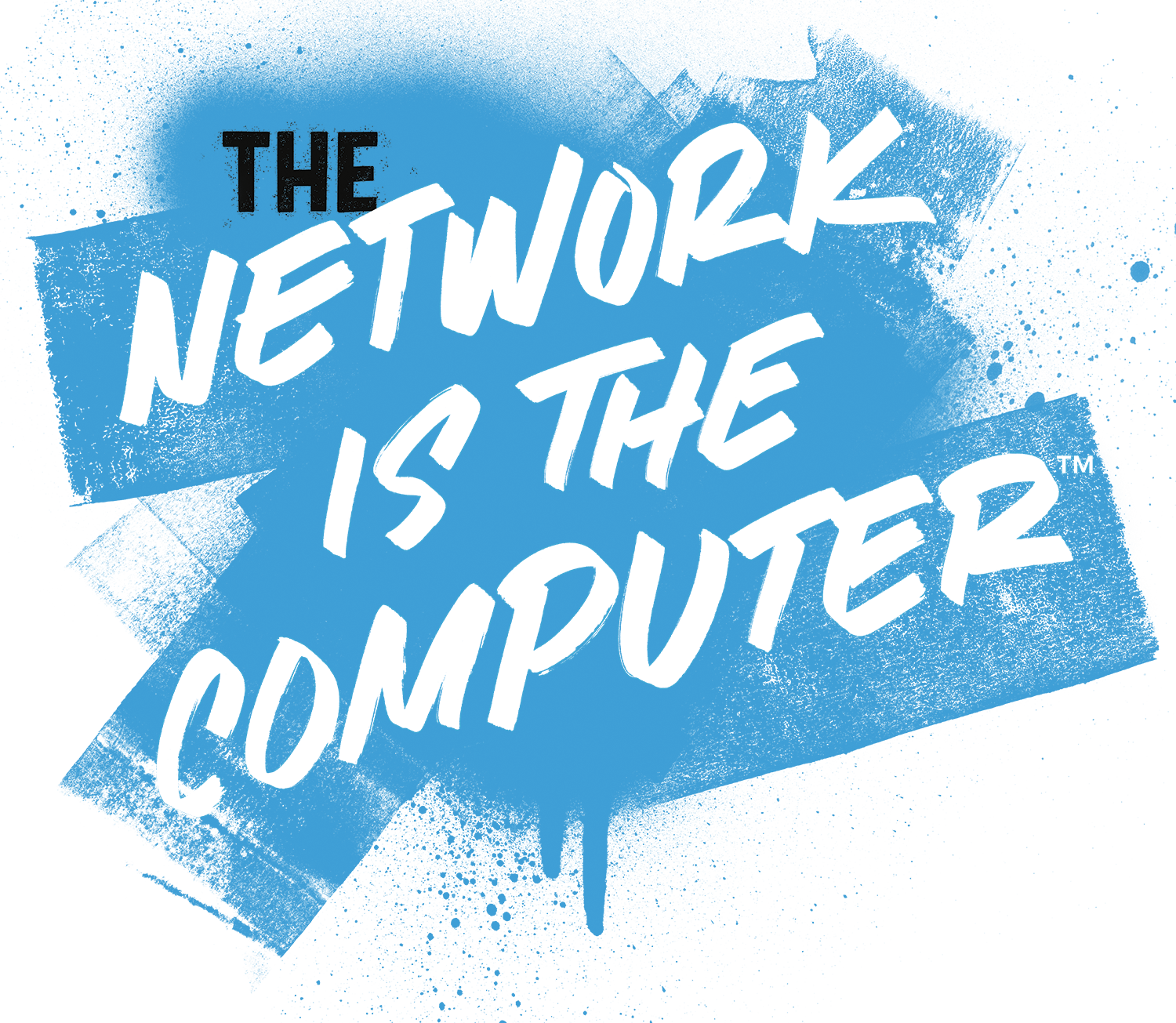
Last week I spoke with Ray Rothrock, former Director of CAD/CAM Marketing at Sun Microsystems, to discuss his time at Sun and how the Internet has evolved. In this conversation, Ray discusses the importance of trust as a principle, the growth of Sun in sales and marketing, and that time he gave Vice President Bush a Sun demo. Listen to our conversation here and read the full transcript below.
[00:00:07]
John Graham-Cumming: Here I am very lucky to get to talk with Ray Rothrock who was I think one of the first investors in Cloudflare, a Series A investor and got the company a little bit of money to get going, but if we dial back a few earlier years than that, he was also at Sun as the Director of CAD/CAM Marketing. There is a link between Sun and Cloudflare. At least one, but probably more than one, which is that Cloudflare has recently trademarked, “The Network is the Computer”. And that was a Sun trademark, wasn’t it?
[00:00:43]
Ray Rothrock: It was, yes.
[00:00:46]
Graham-Cumming: I talked to John Gage and I asked him about this as well and I asked him to explain to me what it Continue reading
The Network is the Computer: A Conversation with Greg Papadopoulos
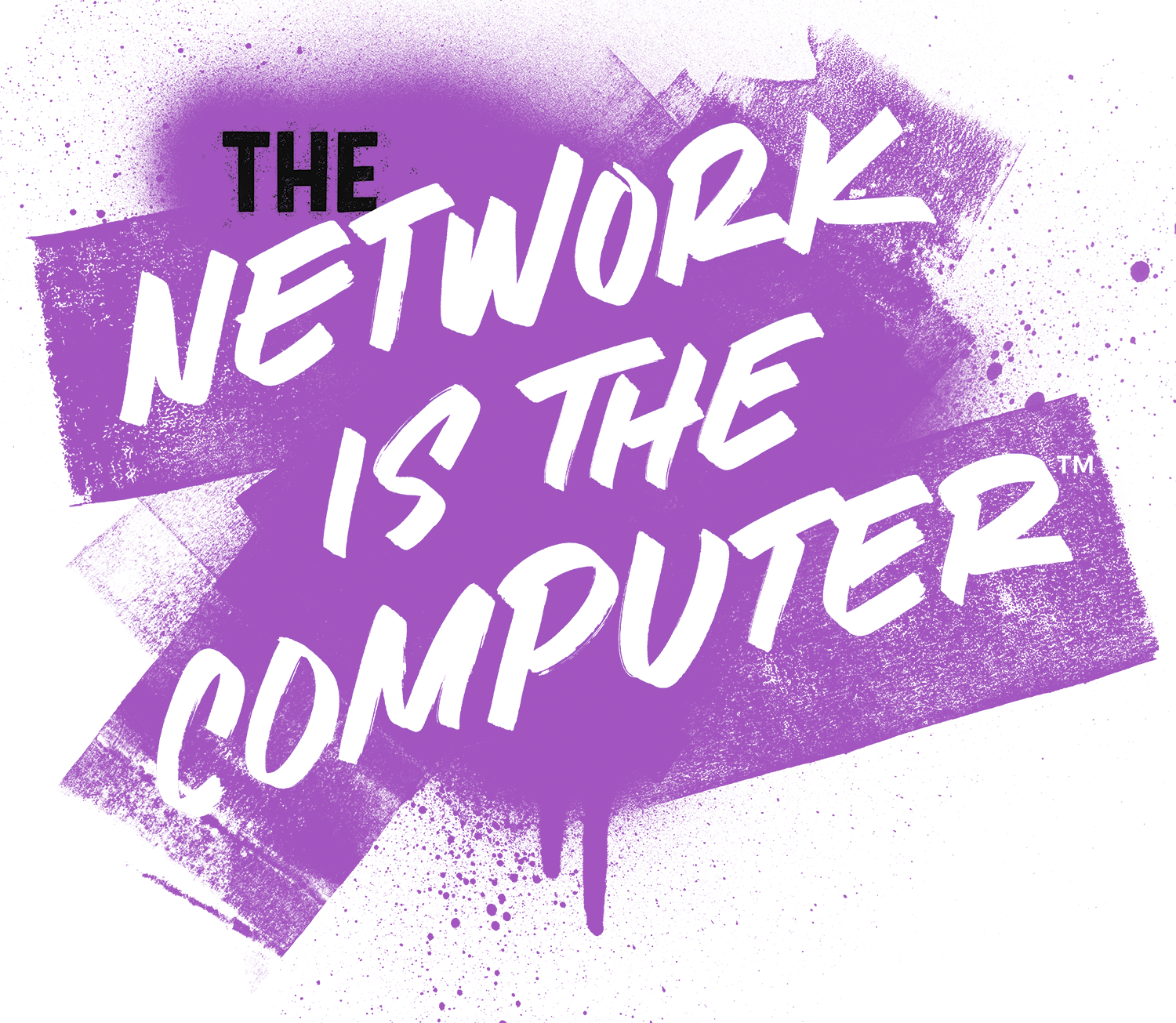
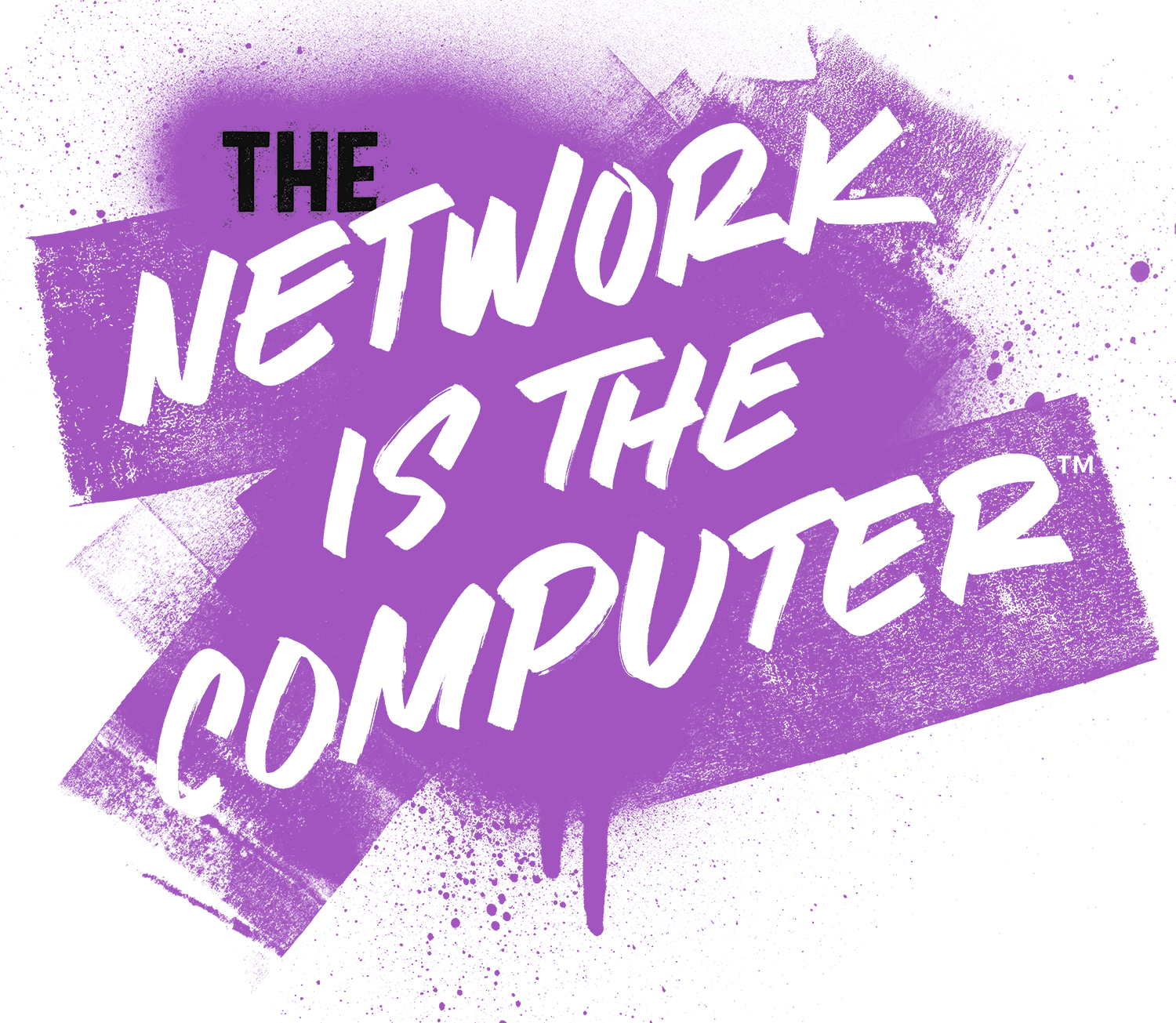
I spoke with Greg Papadopoulos, former CTO of Sun Microsystems, to discuss the origins and meaning of The Network is the Computer®, as well as Cloudflare’s role in the evolution of the phrase. During our conversation, we considered the inevitability of latency, the slowness of the speed of light, and the future of Cloudflare’s newly acquired trademark. Listen to our conversation here and read the full transcript below.
[00:00:08]
John Graham-Cumming: Thank you so much for taking the time to chat with me. I've got Greg Papadopoulos who was CTO of Sun and is currently a venture capitalist. Tell us about “The Network is the Computer.”
[00:00:22]
Greg Papadopoulos: Well, from certainly a Sun perspective, the very first Sun-1 was connected via Internet protocols and at that time there was a big war about what should win from a networking point of view. And there was a dedication there that everything that we made was going to interoperate on the network over open standards, and from day one in the company, it was always that thought. It's really about the collection of these machines and how they interact with one another, and of course that puts the network in Continue reading
The Network is the Computer
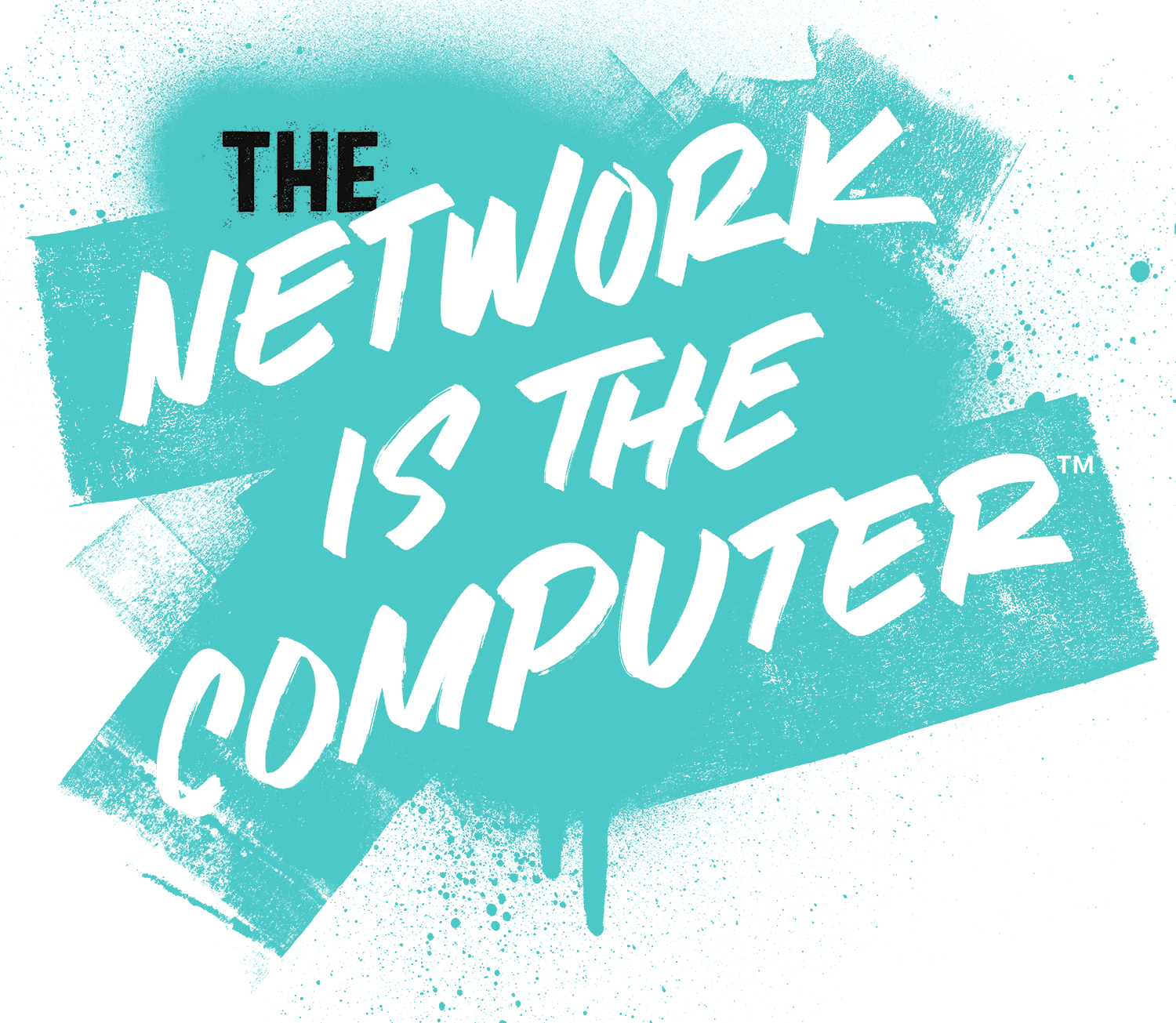
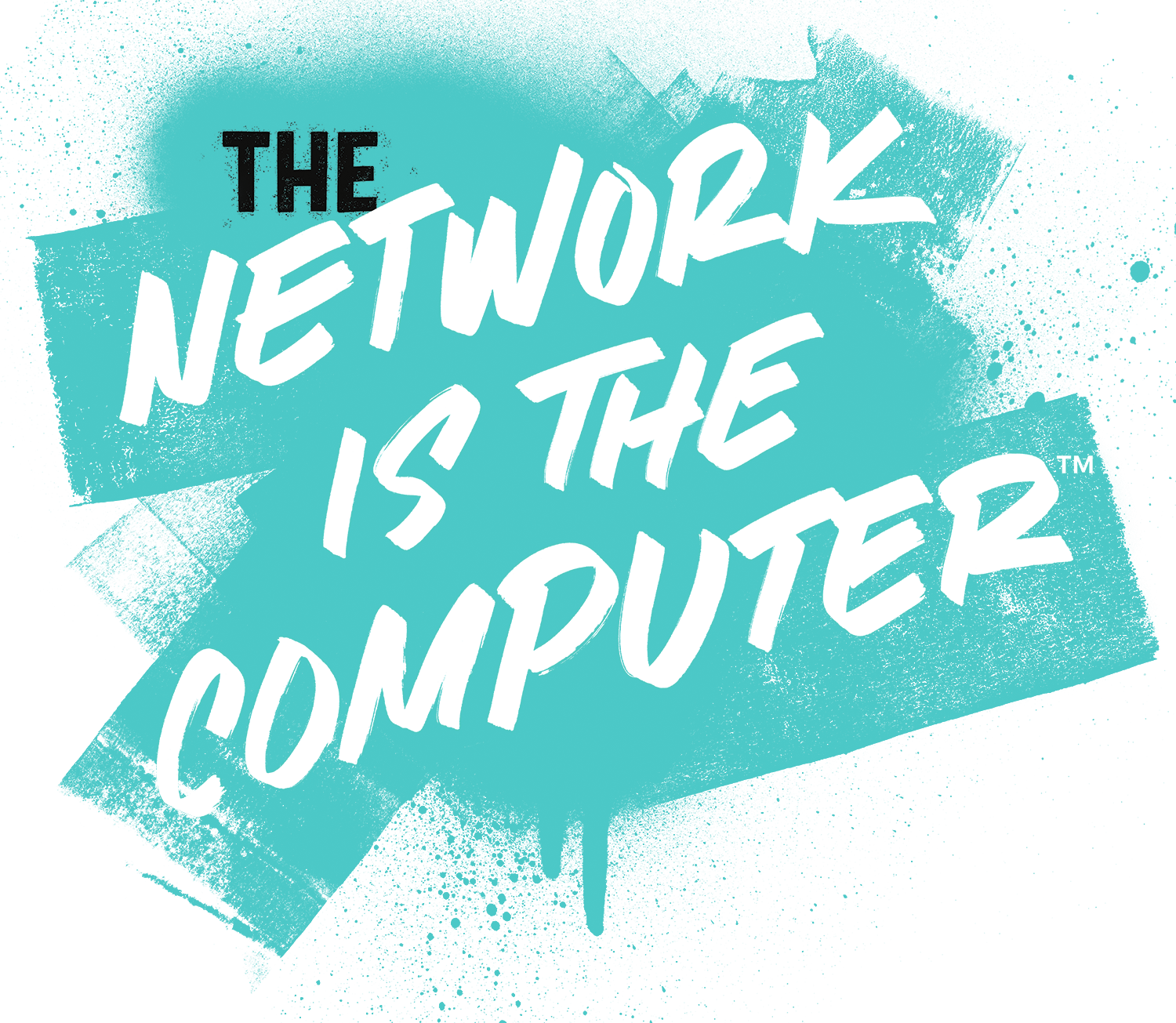
We recently registered the trademark for The Network is the Computer®, to encompass how Cloudflare is utilizing its network to pave the way for the future of the Internet.
The phrase was first coined in 1984 by John Gage, the 21st employee of Sun Microsystems, where he was credited with building Sun’s vision around “The Network is the Computer.” When Sun was acquired in 2010, the trademark was not renewed, but the vision remained.
Take it from him:
“When we built Sun Microsystems, every computer we made had the network at its core. But we could only imagine, over thirty years ago, today’s billions of networked devices, from the smallest camera or light bulb to the largest supercomputer, sharing their packets across Cloudflare’s distributed global network.
We based our vision of an interconnected world on open and shared standards. Cloudflare extends this dedication to new levels by openly sharing designs for security and resilience in the post-quantum computer world.
Most importantly, Cloudflare is committed to immediate, open, transparent accountability for network performance. I’m a dedicated reader of their technical blog, as the network becomes central to our security infrastructure and the global economy, demanding even more powerful technical innovation. Continue reading
Configuring MACsec Encryption
This article describes the simplest way to enable MACSec using preconfigured static key-string. The example was tried on Catalyst 3850 and should work on other switches too. There is another article that I wrote years ago which describes a more complex implementation with dot1x etc. MACSec Media Access Control Security is the way to secure point-to-point Ethernet links by implementing data integrity check and encryption of Ethernet frame. When you configure MACsec on a switch interface (and of course, on the other switch connected to that interface), all traffic going through the link is secured using data integrity checks and encryption.
The post Configuring MACsec Encryption appeared first on How Does Internet Work.
Why Did Cisco Bet Billions on Acacia? Because Coherent Tech is a Multi-Billion Market
Coherent technology allows you to send optical signals over long distances, such as between two...
A Decade of Accelerated Computing Augurs Well For GPUs
While accelerators have been around for some time to boost the performance of simulation and modeling applications, accelerated computing didn’t gain traction for most people until the commercialization of the Tesla line of GPUs for general computing by Nvidia. …
A Decade of Accelerated Computing Augurs Well For GPUs was written by Vincent Natoli at .
Wireless Broadband Alliance Proposes WiFi 6 Guidelines
WiFi 6 won’t be standardized until later this year, but development momentum continues as...
Menlo Security Closes $75M Series D for Internet Isolation
The vendor developed what it calls internet isolation technology. This separates an enterprise...
Sponsored Post: PA File Sight, Etleap, PerfOps, InMemory.Net, Triplebyte, Stream, Scalyr

Who's Hiring?
- Triplebyte lets exceptional software engineers skip screening steps at hundreds of top tech companies like Apple, Dropbox, Mixpanel, and Instacart. Make your job search O(1), not O(n). Apply here.
- Need excellent people? Advertise your job here!
Cool Products and Services
- PA File Sight - Actively protect servers from ransomware, audit file access to see who is deleting files, reading files or moving files, and detect file copy activity from the server. Historical audit reports and real-time alerts are built-in. Try the 30-day free trial!
- For heads of IT/Engineering responsible for building an analytics infrastructure, Etleap is an ETL solution for creating perfect data pipelines from day one. Unlike older enterprise solutions, Etleap doesn’t require extensive engineering work to set up, maintain, and scale. It automates most ETL setup and maintenance work, and simplifies the rest into 10-minute tasks that analysts can own. Read stories from customers like Okta and PagerDuty, or try Etleap yourself.
- PerfOps is a data platform that digests real-time performance data for CDN and DNS providers as measured by real users worldwide. Leverage this data across your monitoring efforts and integrate with PerfOps’ other tools Continue reading
Day Two Cloud 013: To Do Cloud Right, Leave Data Center Thinking Behind
Organizations don't have to be convinced to adopt the cloud these days. The conversation now is about how to do it right. Guest Dwayne Monroe joins the Day Two Cloud podcast to talk about how to change your thinking about cloud in terms of resource sizing, cost, staff training, service availability, app refactoring and much more.Day Two Cloud 013: To Do Cloud Right, Leave Data Center Thinking Behind
Organizations don't have to be convinced to adopt the cloud these days. The conversation now is about how to do it right. Guest Dwayne Monroe joins the Day Two Cloud podcast to talk about how to change your thinking about cloud in terms of resource sizing, cost, staff training, service availability, app refactoring and much more.
The post Day Two Cloud 013: To Do Cloud Right, Leave Data Center Thinking Behind appeared first on Packet Pushers.
Cloudflare’s Karma, Managing MSPs, & Agile Security
Cloudflare come out strong, pointing the finger at Verizon for shoddy practices putting the Internet at risk. It didn’t take long for karma to come around and for Cloudflare to have their own Internet impacting outage from a mistake of their own. In this episode we talk about that outage, the risk of centralization on the Internet, managing MSPs when trouble strikes, and whether or not agile processes are forgoing security in favor of faster releases.
Outro Music:
Danger Storm Kevin MacLeod (incompetech.com)
Licensed under Creative Commons: By Attribution 3.0 License
http://creativecommons.org/licenses/by/3.0/
The post Cloudflare’s Karma, Managing MSPs, & Agile Security appeared first on Network Collective.
Monaco Telecom 5G Fully Based On Huawei Equipment
However, the operator has acknowledged that it is not immune to the security concerns linked to the...